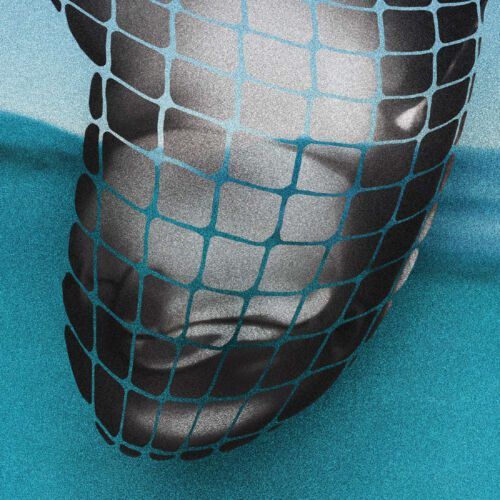The impact of humans on the environment and animal life
With climate change, early springs will have an increasingly devastating environmental impact. Birds migrate before their food is available, and bees lack flowers to pollinate. Flowers, in turn, lacking pollinators, produce fewer seeds, which in the case of crops means less fruit. Instead, ticks and other pests have more time to feed and spread disease. Conflict situations also increase when people interrupt the winter hibernation of animals, e.g. bears.
A recent study by a group of scientists from the Adrift Lab presents evidence of noticeable and chronic effects of plastic consumption on animals. This study focused on shearwaters nesting on Lord Howe Island in the Tasman Sea. The birds were found to have multiple organ damage caused by ingesting microplastic fragments less than 5mm in diameter and macroplastic particles. The researchers termed the phenomenon “plasticosis”.
The supreme administrative authority in France has ordered the government to extend stricter protection to endangered common and bottlenose dolphins and porpoises. The decision concerns an industrial fishing centre in the Bay of Biscay in the Atlantic Ocean. The centre’s activities – industrial fishing and using nets more than 50 km long that comb the ocean – have been linked in recent years to the mass deaths of these animals. According to researchers, an average of around 10,000 dolphins and porpoises die there every year. Meanwhile, British experts estimate that nearly 1,000 porpoises, hundreds of dolphins and dozens of whales die in British waters yearly.























